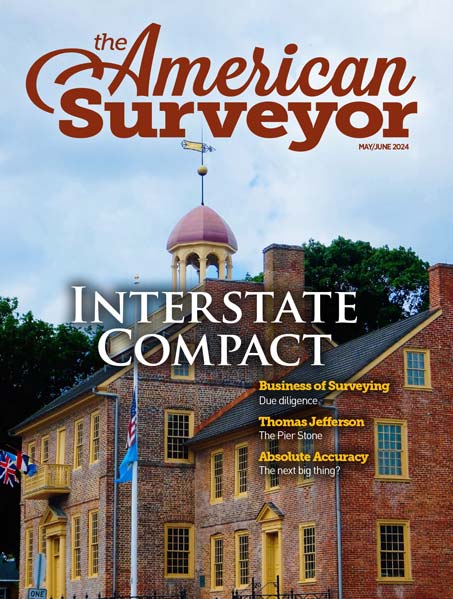"In a reversal of preexisting and long-lived trends, privately-financed construction volumes were up in July while publicly-financed construction was down." —ABC Chief Economist Anirban Basu.
Despite a downturn in overall construction activity, private nonresidential construction spending was up 0.8 percent in July – the first increase since March 2009. That, according to the September 1 report by the U.S. Census Bureau. However, on year-over-year basis, private nonresidential construction spending is down 23.7 percent. Total nonresidential construction spending – which includes both privately and publicly financed construction – was down 0.3 percent compared to June and 16.6 percent from a year ago. Total nonresidential construction spending now stands at $554.6 billion.
Six of the sixteen nonresidential construction subsectors posting increases in spending for the month including power-related, up 6.4 percent; communication, 4.8 percent higher; and amusement and recreation-related construction, up 4.6 percent. Three subsectors had increases compared to the same time last year including conservation and development, up 12.2 percent; sewage and waste disposal, 9.9 percent higher; and water supply-related construction, up 1.2 percent.
In contrast, ten subsectors posting decreases from June to July include conservation and development, down 12.9 percent; religious-related, 6.7 percent lower; manufacturing, down 4.9 percent; highway and street, down 2.8 percent; and commercial construction, down 2.8 percent. Those subsectors posting the largest year-over-year decreases were lodging, down 53.7 percent; manufacturing, 34.7 percent lower; and office construction, down 33.6 percent.
Meantime, residential construction spending was down 2.5 percent compared to June, but up 6 percent compared to July 2009. Public nonresidential construction spending was down 1.3 percent for the month and 8.6 percent lower from the same time last year. Overall, total construction spending – which include both residential and nonresidential – was down for the third straight month at 1 percent in July, and is down 10.7 percent from July 2009.
Analysis
“In a reversal of preexisting and long-lived trends, privately-financed construction volumes were up in July while publicly-financed construction was down," said Associated Builders and Contractors Chief Economist Anirban Basu. "While there are numerous perspectives on whether or not this is to be interpreted positively or negatively, our view is that this is not good news.
“We conclude this for two reasons. First, there are growing indications that the impact of the stimulus package, passed in February 2009, has now peaked. Notably, highway/street construction was down 2.8 percent for the month and has been falling for three months," said Basu. "The implication is that publicly-financed construction volumes will be flat to declining going forward, especially if one considers the lack of money available for state and local government capital spending.
“Second, there is reason to believe that the momentum in privately-financed activity observed in July will not last since the broader economy has been exhibiting growing signs of weakness since late-April," Basu said. "Given the historic lag between broader economic performance and privately-financed construction volumes, the emerging economic weakness of today is likely to translate into the private construction weakness of tomorrow."
